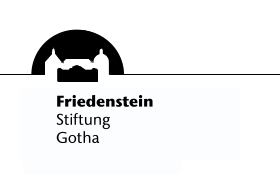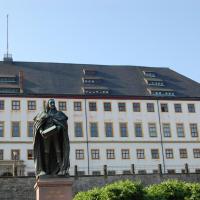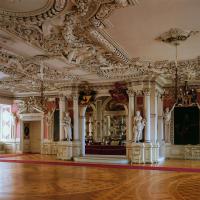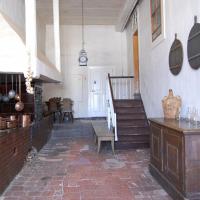The imposing Friedenstein Castle rises on a hill above Gotha, surrounded by the park and the gardens of the orangery, serving as one of the best preserved architectural monuments of the early baroque. Ernst I (1601-1675), Duke of Saxe-Gotha-Altenburg, built this residence between the years 1643 and 1654. It was never destroyed.
The new Duchy of Saxe-Gotha (united with Altenburg from 1672) emerged in 1640 from the partitioning of the land upon the death of the former ruler. Ernst I, the founder of the Ernestine Dynasty (a branch of the Wettin Dynasty), chose Gotha as his city of residence. Here, during the Thirty Years’ War (1618-1648), he erected his castle on the ruins of the fortress Grimmenstein. In view of the horrors of the war, Ernst I gave the mighty four-winged construnction the symbolic name of „Friedenstein“, meaning “Rock of Peace”.
To the north, looking onto the city, lies the four-storey corps de logis with the Ducal apartments and the castle chapel, onto which two three-storey side wings are attached. These run southwards in two four-storey pavilion structures, in between which the single-storey riding hall originally spanned. The hall was removed in the 18th century. As well as the apartments of the ruler and the ducal household, from the beginning the residence housed the administration and the military as well as the library, the archive, and the collections. Thanks to its unusual size, the castle required no extensions over the following years, as a result of which no noteworthy changes to the building took place.
Even today, the rooms are largely preserved in their original form and design in the style of the high baroque and early classicism. Moreover, the furnishings and holdings have stood in the same place for centuries. The world-famous collections can thus be experienced in their authentic home, of which the museum buildings, the expansive parks and various other buildings are all integral parts.




















